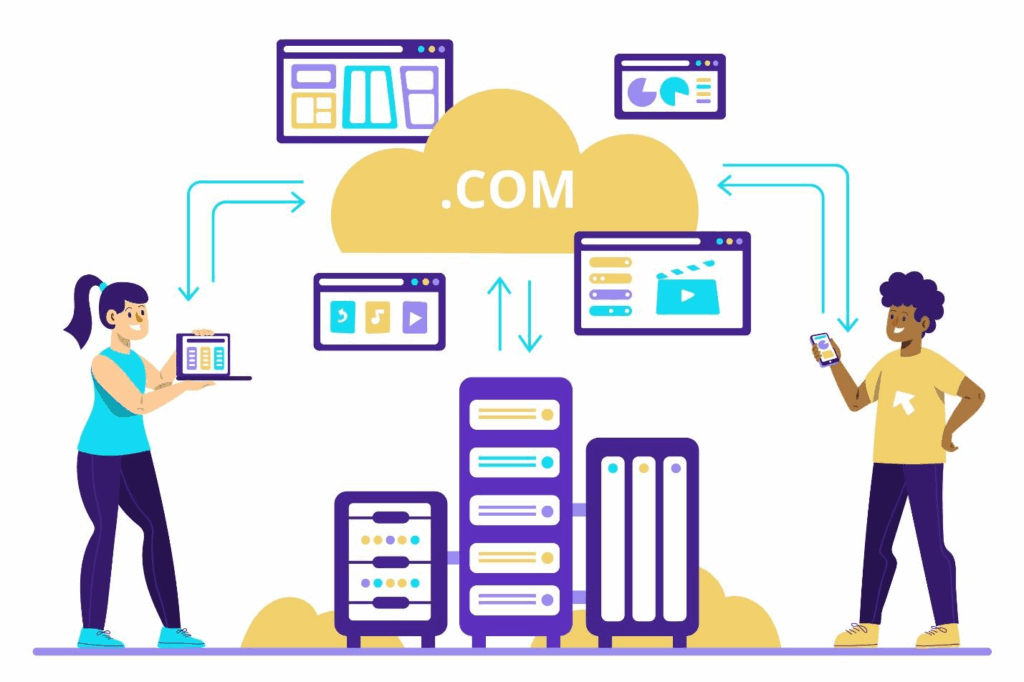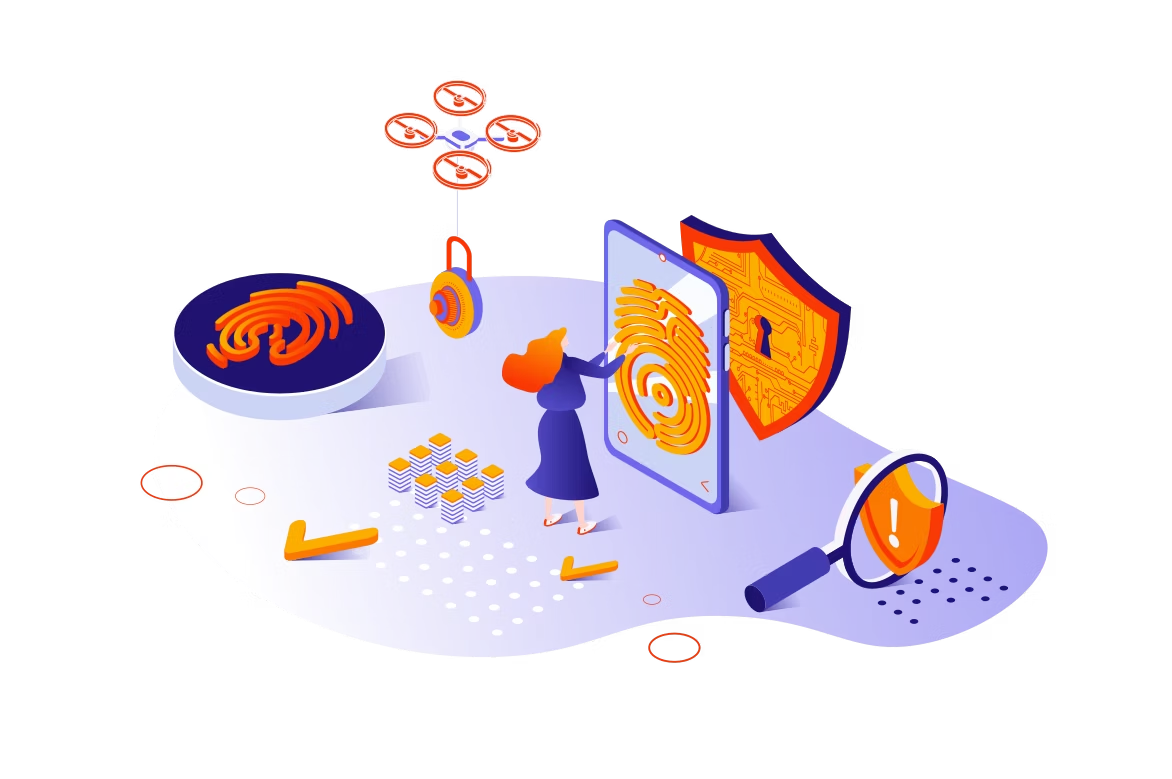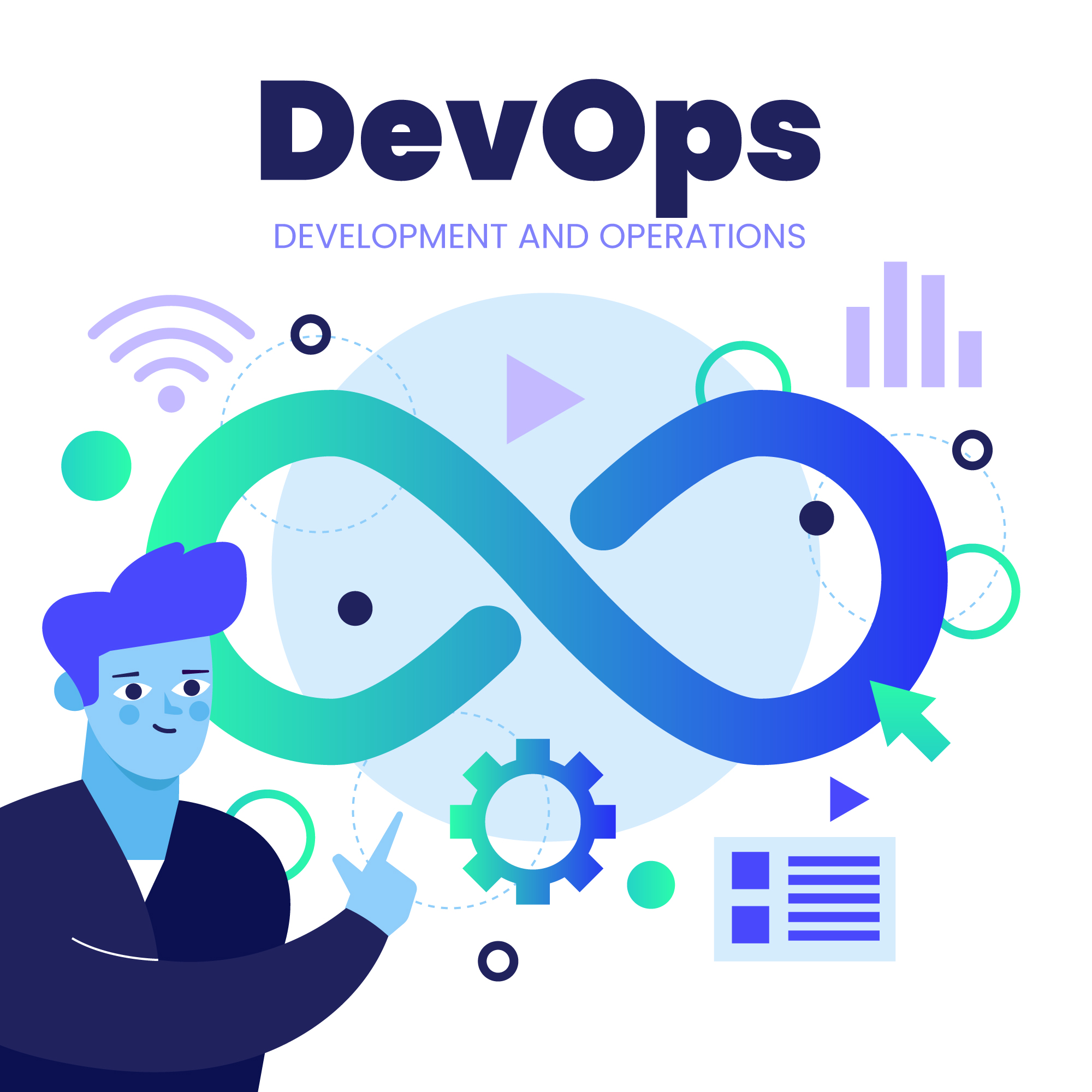In 2025, building a successful web application is more than just coding the frontend. Behind every smooth, responsive, and scalable app lies a database that handles user data, manages transactions, and ensures real-time updates. Selecting the right database can determine whether your project thrives or struggles with performance issues.
From startups to enterprises, every team faces the same critical question: Which database is best for my web application? so, Tambena Consulting experts devised this article that gets into the details of the top 10 databases to use in 2025, highlighting their features, strengths, and the applications of web development where they shine.
The Importance of Databases in Modern Applications
Databases are the backbone of all modern digital platforms. Whether you’re streaming videos, shopping online, or using a Kindle web application, databases ensure that information is stored, retrieved, and delivered efficiently. Without the right database choice, even the most innovative apps can face bottlenecks, scalability issues, or downtime.
The 10 Best Databases for Web Applications in 2025
Below, we break down the best options available for developers and businesses building scalable and future-ready apps.
1. PostgreSQL – The Open-Source Powerhouse
PostgreSQL continues to be a leader for developers who need advanced features without licensing costs. Known for its flexibility and strong support for JSON, it works seamlessly for enterprise-level applications of web technologies and startups alike.
- Excellent for transactional systems
- Robust community support
- Advanced security and compliance features
2. MySQL – The Developer-Friendly Classic
Still one of the most widely used relational databases, MySQL provides a reliable backbone for e-commerce and content-heavy web projects. It offers scalability, replication, and widespread hosting support.
- Highly compatible with popular frameworks
- Easy to deploy and manage
- Ideal for blogs, e-commerce, and SaaS apps
3. MongoDB – The NoSQL Giant
MongoDB is a NoSQL database designed for flexibility and speed. It uses a document-based model, making it ideal for real-time analytics and apps with rapidly changing data structures.
- Horizontal scalability
- Great for big data and IoT applications
- Fast and developer-friendly
4. MariaDB – The Secure Alternative
A fork of MySQL, MariaDB is fully open source and offers enterprise-grade features. It’s gaining popularity for mission-critical applications where transparency and security matter most.
- Improved performance over MySQL
- Rich storage engine support
- Trusted by global enterprises
5. Redis – The In-Memory Performer
For projects that require speed, Redis is unmatched. This in-memory database is commonly used for caching, session storage, and real-time analytics in web apps.
- Ultra-fast data retrieval
- Great for chat applications and gaming platforms
- Seamless integration with other databases
6. Oracle Database – The Enterprise Standard
Enterprises handling massive workloads still rely on Oracle Database for its unmatched reliability and advanced security features. Though more expensive, it offers scalability for high-traffic environments.
- Advanced analytics and machine learning support
- Great for global-scale applications
- Top-tier security features
7. Firebase Realtime Database – The Mobile-Friendly Option
Google’s Firebase database is designed for mobile-first development. With real-time syncing, it’s perfect for chat apps, collaborative tools, and on-the-go platforms.
- Seamless cloud integration
- Strong for cross-platform applications
- Easy integration with Google services
8. Cassandra – The Distributed Workhorse
Apache Cassandra is built for handling large volumes of data across distributed systems. Known for zero single points of failure, it’s ideal for big enterprises.
- Linear scalability
- Highly available, even during outages
- Trusted by giants like Netflix
9. SQLite – The Lightweight Option
For smaller-scale projects or applications that don’t need server-based databases, SQLite offers simplicity. It’s embedded, portable, and perfect for prototypes or local apps.
- Zero-configuration required
- Perfect for embedded applications
- Extremely lightweight and fast
10. Neo4j – The Graph Database Specialist
Neo4j specializes in graph-based data modeling, making it invaluable for social networks, fraud detection, and recommendation engines.
- Handles complex relationships with ease
- Ideal for AI-driven applications
- Flexible and scalable for niche needs
How to Choose the Right Database

Choosing the right database isn’t about following trends. It’s about aligning technology with your business needs. Ask yourself:
- Do I need relational or non-relational structures?
- Will my app need horizontal scalability?
- Is real-time performance critical?
Your choice should balance scalability, performance, and budget.
How Tambena Consulting Helps You Find the Right Database
At Tambena Consulting, we offer custom web development services that specialize in guiding businesses through the technical maze of database selection. Our experts analyze your web application goals, traffic expectations, and growth projections to recommend the database that perfectly fits your needs.
Whether you’re building a scalable SaaS product, an e-commerce site, or even a Kindle web application, our consulting services ensure you invest in a solution that supports long-term success. Tambena Consulting also provides migration support, performance optimization, and long-term database management strategies.
Build Smarter with the Right Database
The right database is the foundation of every successful digital product. In 2025, developers and businesses will have more powerful, scalable, and secure options than ever before. Whether you choose PostgreSQL for flexibility, MongoDB for scalability, or Oracle for enterprise needs, your decision will shape the success of your web project.
And remember, with Tambena Consulting by your side, you don’t have to make that decision alone.
FAQs
Which database is best for Java web application?
PostgreSQL and MySQL are widely used for Java web apps due to stability, community support, and compatibility with frameworks like Spring.
What are the best NoSQL databases for a web application?
MongoDB, Cassandra, and Redis stand out for speed, scalability, and flexibility in handling unstructured data.
What is a web application?
A web application is software that runs on a web server, accessible through browsers, offering functionality like e-commerce, social networking, or SaaS.
How to build a web application?
To build a web application, define your goals, choose a tech stack, design the frontend, connect with a database, and deploy securely.






